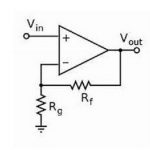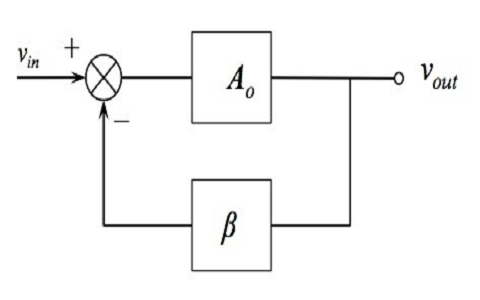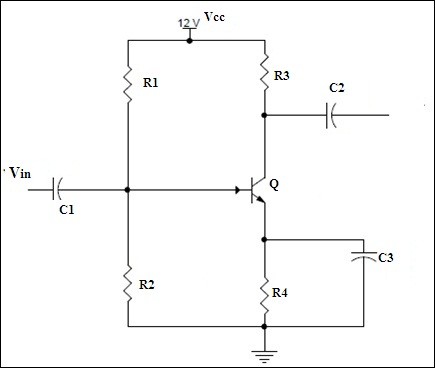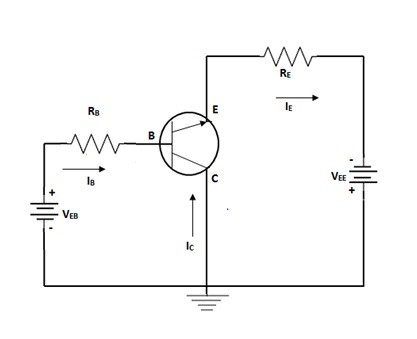This article discusses the Difference between Inverting and non-inverting amplifiers - These are both amplifiers that are derived from the basic operational amplifiers (op-amps). The basic op-amp consists of two input terminals that are known as inverting and non-inverting. These terminals are represented by the sign minus and a plus sign. These op-amps are basically known for their differential characteristics. Hence these are good at performing mathematical operations such as addition, … [Read more...]
What is a Feedback Amplifier : Working, Types & Its Characteristics
Feedback amplifier is the basic design of amplifiers. The connection of these amplifiers can be done in such a way that the output is fed back to the input. However, amplifiers are devices that increase the strength of the signal. The increase in the strength of the signal can also introduce the noise in the system. Usually, these are of various types and based on the requirement of the factors, these are designed. Whenever a circuit is designed during the operations performed, then it results … [Read more...]
RC Coupled Amplifier Circuit Working, Types and Frequency Response
RC coupled amplifier is a basic type of amplifier with the various stages present in it. In other words, if we describe RC coupled amplifier we can say that an amplifier that consists of resistors and capacitors which acts a voltage divides and couplers to form multiple/single stage for better amplification. These are the basic circuits that are present in the various types of electronic equipment especially in RF signal or other communication devices as it helps in improving the signal strength … [Read more...]
Non-Inverting Amplifier Circuit Diagram, Gain & Applications
The non-inverting amplifier is the basic circuit obtained from amplifiers. As it name goes the circuit helps in achieving the non-inverted output at the final stage. Although the inverting amplifier is preferred in many cases it has two drawbacks. Firstly, the output obtained at the final stage of it is an inverted one. Obtaining an inverted output further requires any other setup to be connected to further invert the inverted output. The second drawback which is the most major one is that the … [Read more...]
Basics of Common Collector Amplifier, Characteristics and Applications
A Common Collector Amplifier is formed from the basic Bipolar Junction transistor (BJT). Basically it is required to have four terminals so that two are preferred for the input and the remaining two is for output side. But it has only three terminals named as collector, base and the emitter. Among these terminals one is made common so that it can be connected on both sides of input as well as output. This leads to the formation of three configurations that are common base, common collector … [Read more...]



